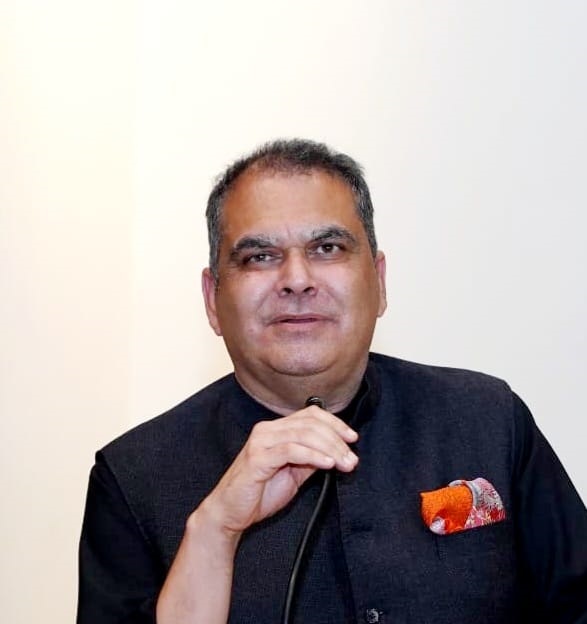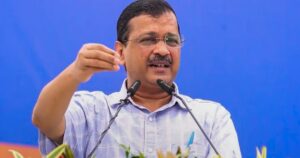India exploring of minerals from Seabed, Minister to MP Arora

– 2 Application Submitted and 2 approvals in Hand
Ludhiana, 12 August 2024 : Two applications submitted by India to the International Seabed Authority for approval of work plan for exploration of polymetallic sulphides and cobalt crust in Indian Ocean are under consideration of International Seabed Authority.
This was answer of the Minister of State (Independent Charge) for Ministry of Science and Technology and Earth Sciences Dr Jitendra Singh to questions on `licence for seabed mineral exploration’ asked by MP (Rajya Sabha) from Ludhiana Sanjeev Arora in recently concluded session of Rajya Sabha.
The Minister further answered that India already holds two contracts with the International Seabed Authority for exploration of polymetallic nodules at the Central Indian Ocean Basin and polymetallic sulphides at Central and Southwest Indian Ridge in Indian Ocean.
Arora had asked about the status of India’s applications made with the International Seabed Authority for grant of mineral exploration licences at various locations in the Indian Ocean. He had also asked whether economic and environmental viability studies are being undertaken with respect to seabed mineral exploration; and the status of India’s manned deep ocean mission, Samudrayaan.
In a statement here today, Arora said the Minister further mentioned in his answer that Seabed resource estimation and environmental studies at mineral exploration sites is an integral component of the contract with the International Seabed Authority. For this, geological, geophysical, oceanographic, and biological data are collected from the allocated contract Area of the Indian Ocean.
Regarding the Samudrayaan project, the Minister mentioned that the project under the Deep Ocean Mission is for the development of a manned submersible to carry three people to a depth of 6000 meters in the ocean with a suite of scientific sensors for ocean exploration and observation. The entire vehicle design has been completed and various sub-components like underwater battery, propulsion system, underwater telephone, navigation and communication devices, power distribution and control systems, personnel sphere for 500m water depth, lift support system, control software etc have been realised.





